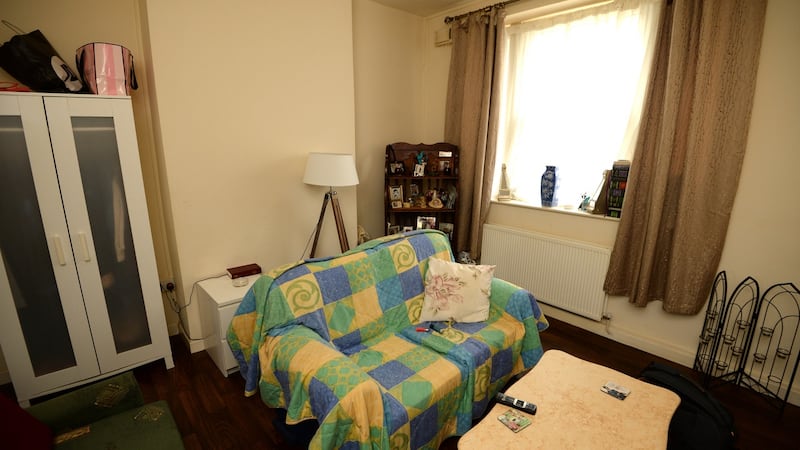Recently, the self-described "Ronaldo of the property market" Greg Kavanagh sought permission to build a block of apartments at the foot of the Dublin mountains in Kilternan.
His application described the complex as reflecting the “nation’s richest historical architectural heritage” such as the Custom House and the “Georgian Squares of Dublin”. However, what his proposed scheme most closely resembles is Mercer House, a block of flats built in the 1930s by Dublin Corporation.
The four-storey complex, with its gold brick façade with red detailing and its distinctive mansard roof (also proposed for the Kilternan scheme) is a stone’s throw from St Stephen’s Green, just behind the Royal College of Surgeons.
Construction of the complex began under the direction of city architect Horace O'Rourke, but was completed by Dublin's first housing architect, Herbert Simms.
Simms’s work in designing flat complexes across Dublin city in the 1930s and 1940s is considered of such architectural merit that six blocks, including Mercer House, have been entered on the Record of Protected Structures (RPS). Few 20th-century buildings have been listed on the RPS and, apart from the Iveagh Trust-built flats in Dublin’s the Liberties, all the social housing complexes on the list were built by Simms.
Listed buildings
Dublin City Council head of housing Brendan Kenny drew opprobrium when he recently suggested it might be better to remove some listed buildings from the register to allow their demolition. But for tenants of some of those flats it might not seem like such a bad idea.
Sue (not her real name) was born in Mercer House but left in her early teens. Now in her late 60s, she was on the housing waiting list for 21 years before being allocated a one-bedroom ground-floor flat in 2015.

“I’ve been flooded out twice since then from the guy over me but it’s not his fault, he has pots to catch the water on the floor. I think it comes from the roof.”
The wall of her hallway is damp – behind the adjoining wall is her neighbour’s shower and water seeps through periodically.
“Their shower is next to my hall, and my shower is next to my kitchen, so I have the same problem with my kitchen wall. I can’t put up any presses on the wall – they just fall down. I hear drips and I come into the kitchen, but when you go in there’s nothing there, because it’s the pipes dripping behind the wall.”
Trips to washhouse
The original flats were not built with showers, she said, “There was a bath in the kitchen, but we just went down to the Iveagh Baths for ourselves, and the washhouses, for the washing.”
Ten years ago, the neighbouring York Street flats built in 1949 were demolished and rebuilt. “My sister and my daughter got flats in York Street, they are beautiful. Whoever, they got to do those they should get in here.”
She points to the “scruffy” asphalt courtyard. “There’s all that wasted ground out there they could build more flats and not have people sleeping on the streets.”
She said she would be happy to see Mercer House removed from the RPS.
“Demolish them, get rid of them, it would cost the taxpayer more to fix all the problems.The walls are rotten behind the plasterboard, there’s just concrete under the floor, so it’s very cold. it’s very small , and it’s very noisy”






